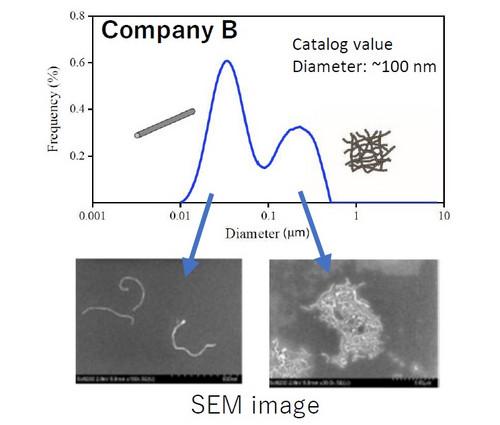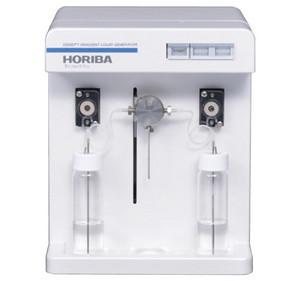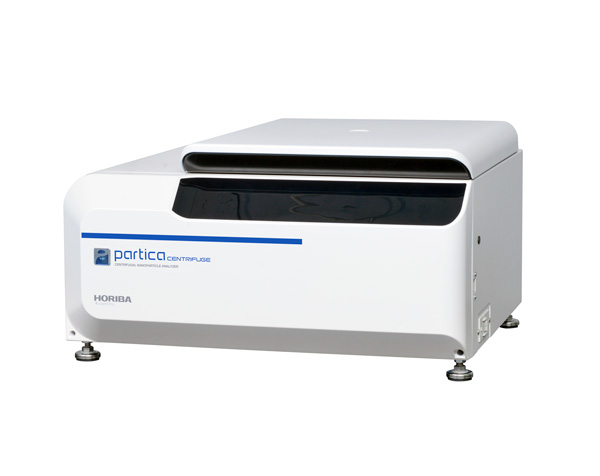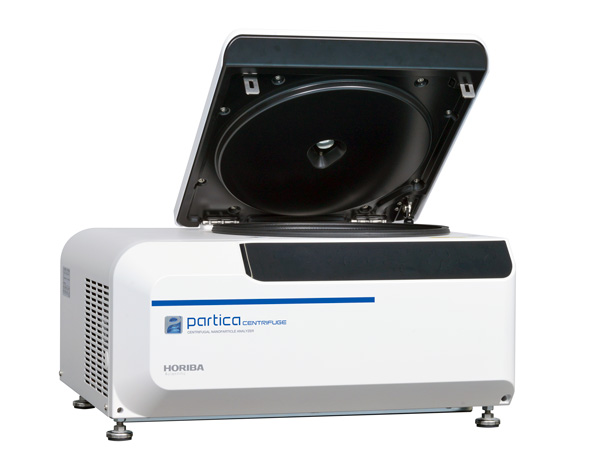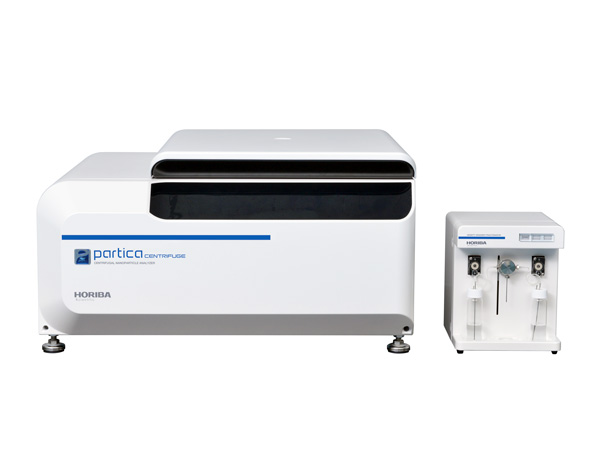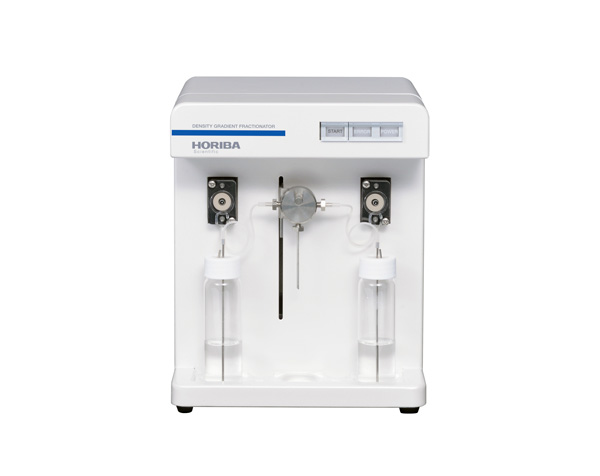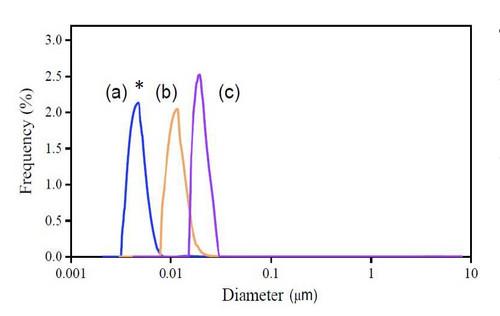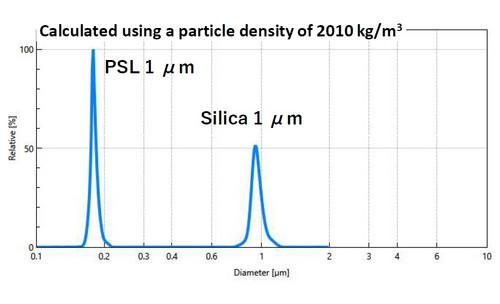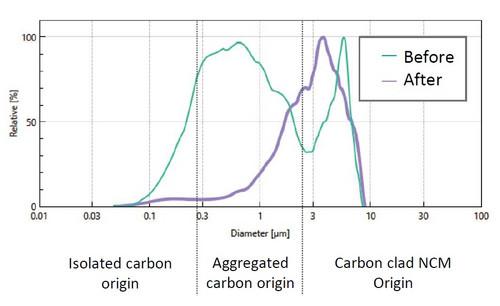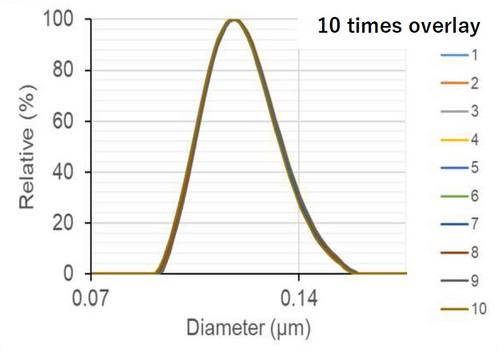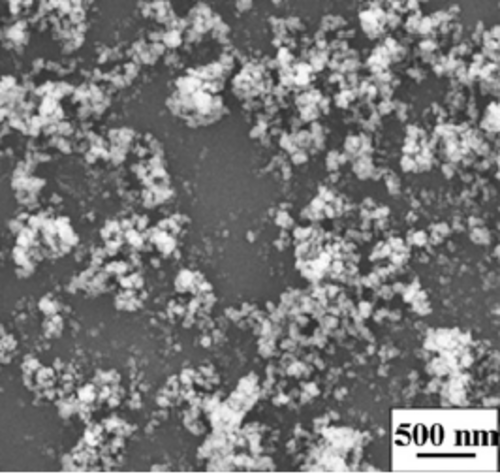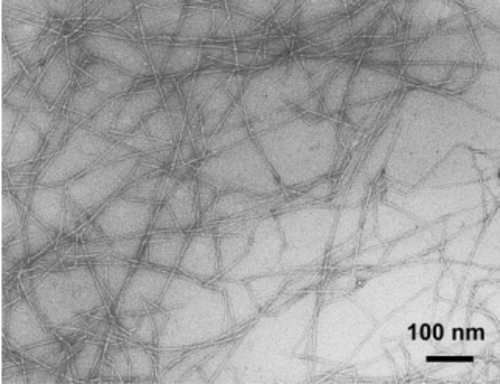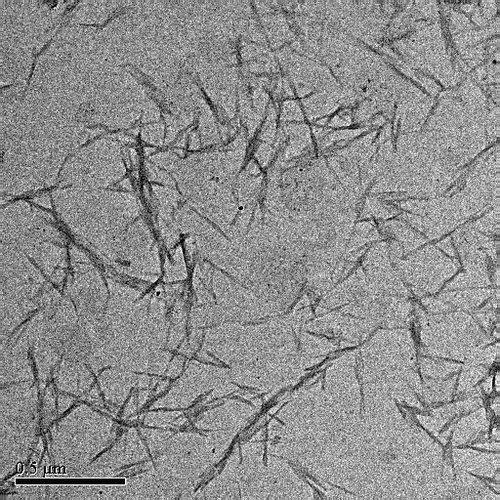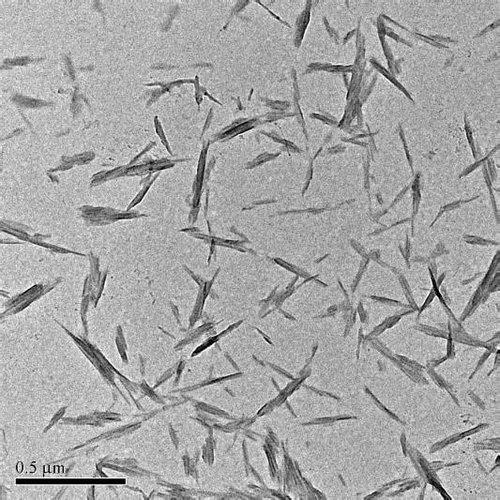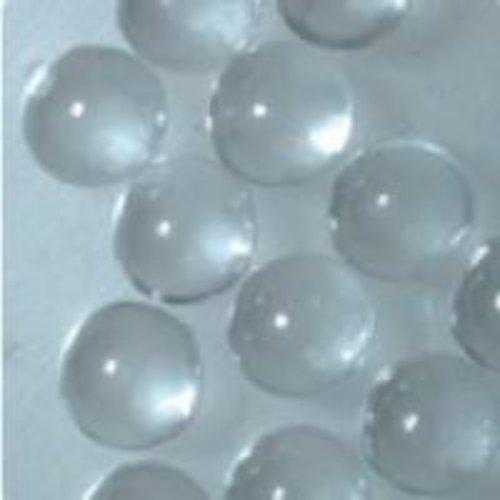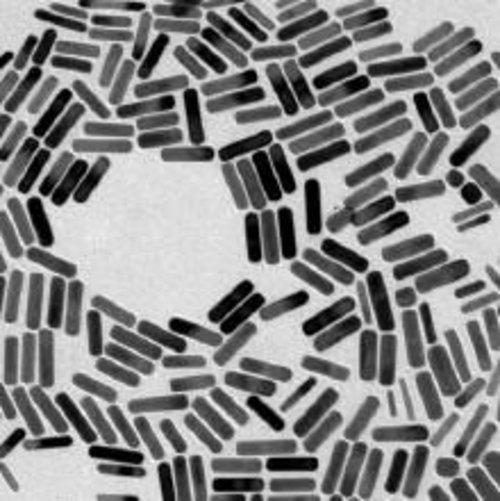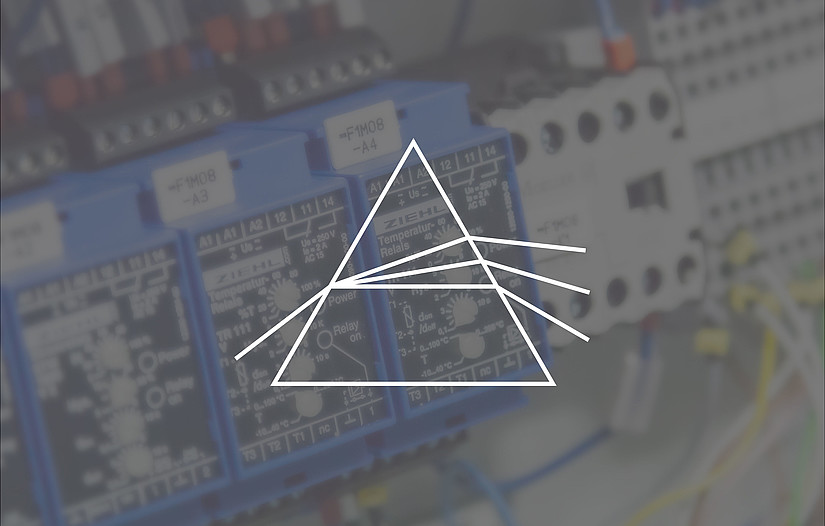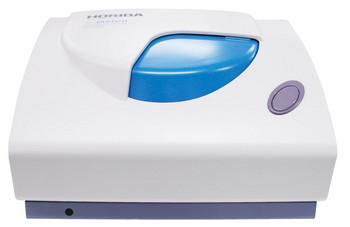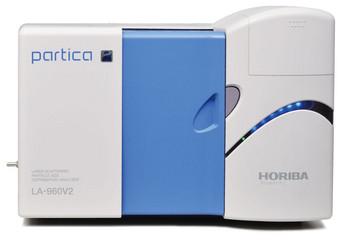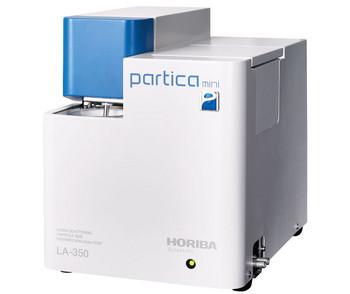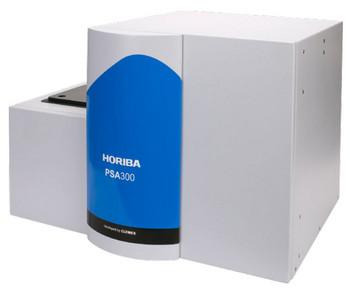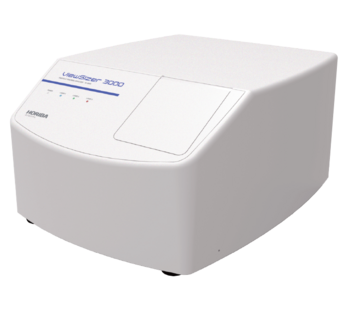Realizing precision particle size distribution measurement for undiluted to dilute samples
The key features of centrifugation is that the particle size is measured following classifying by size. As a result, a wide range of high-precision results can be obtained in a single analysis. Partica CENTRIFUGE enables you to measure by two measurement techniques: The “Line-start mode” and the “Homogeneous mode”.
Small amounts of foreign particle or agglomeration can be captured
With its high resolution, Partica CENTRIFUGE can capture a small amount of foreign particles. This instrument enables you to obtain reliable measurement results throughout the range of the particle size distribution, including small populations, as well as to the low area of the distribution.
Features stable measurement even for the long time measurements
The cooling function of the sample chamber and the rotor prevents temperature increases of sample fraction during rotation. This improves the reliability of the measurement results by keeping the viscosity constant. Partica CENTRIFUGE is designed for quieter, easier, safer operation.
Robust and easy to use
•Easy and safe operation by simply setting a cell filled with sample on a rotor.
•The cuvette-type cell is easy to clean and replace, reducing the risk of contamination.
•Complies with international safety standards (IEC6101-1/2-020)
Measurement Examples
High resolution particle size distribution measurement
As a result of measuring a mixed sample containing four types in equal concentrations of, standard silica particles, four types of distributions were obtained with almost the same area. Using the line-start mode measurement, an accurate particle size distribution is obtained because the particles are classified by the centrifugal force.
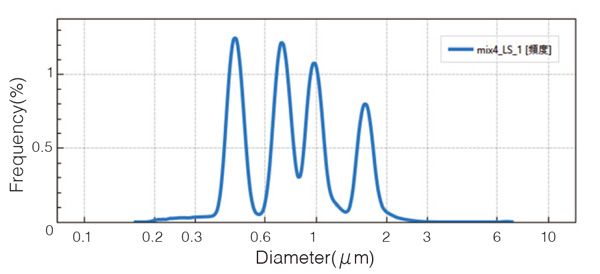
Sample: Standard particles (One drop each of particles with sizes of 0.48 μm,
0.73 μm, 0.99 μm, and 1.57 μm are mixed)
Amount of sample: 10 μL
Solvent: Aqueous sucrose solution
Measurement condition: Line-start mode
Measurement of the particle size distribution of a small quantity, high concentration sample
Example of black pigment used for inkjet printers starting with an undiluted solution. As a result, the particle size distribution of a high concentration sample, which is difficult to measure is shown, with high precision from a small 2 μL sample
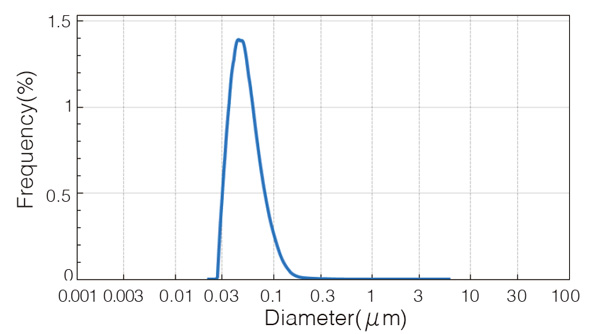
Sample: Black pigment for inkjet printers (undiluted solution)
Amount of sample: 2 μL
Solvent: Aqueous sucrose solution
Measurement condition: Line-start mode
Partica CENTRIFUGE Product Overview Video
Watch video
Partica CENTRIFUGE Detailed Introduction Video
Watch Video
Watch more about on-demand webinars:
